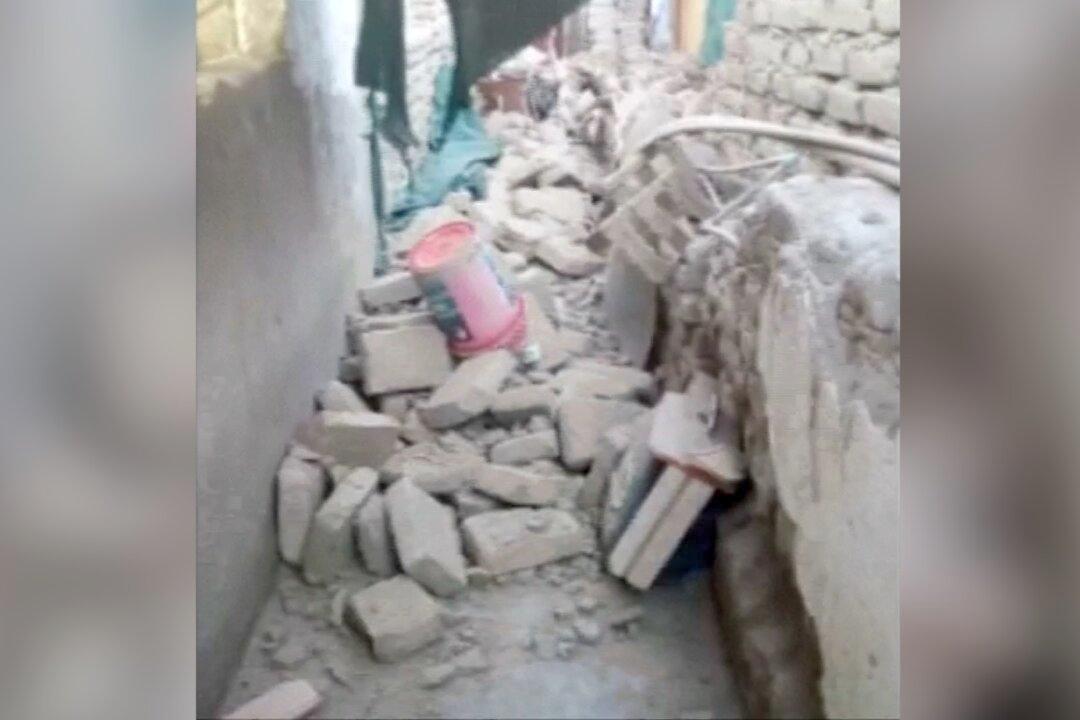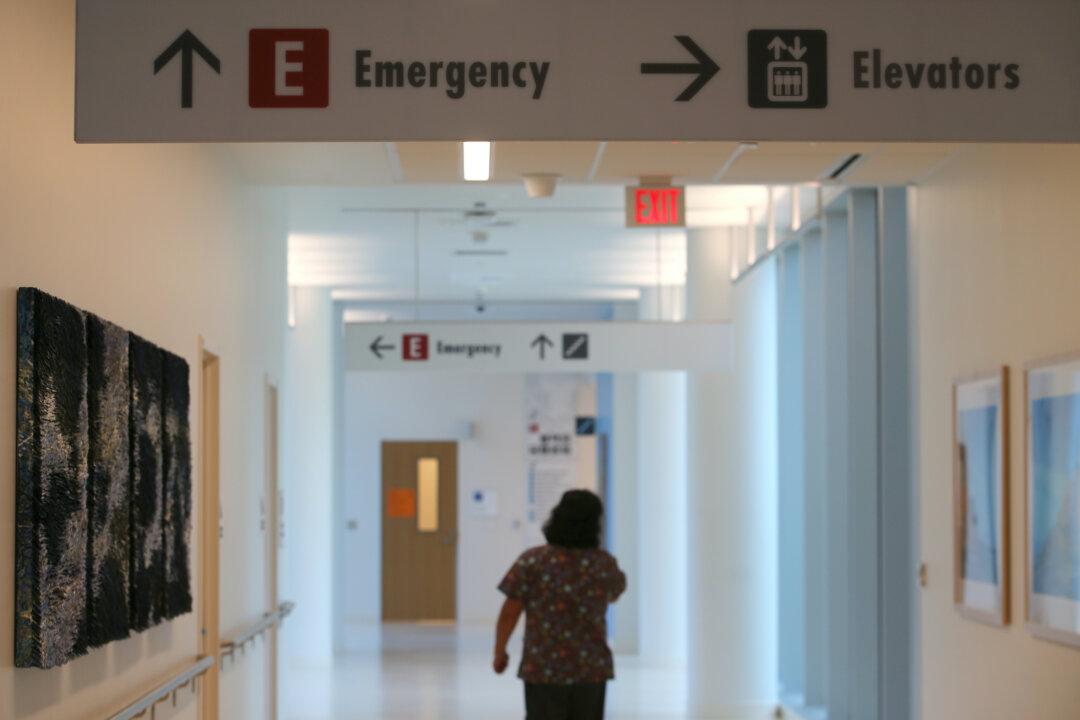LIMA—A strong magnitude 7.1 earthquake struck the coast of southern Peru on Sunday morning, leaving one dead and several dozen injured while causing homes and roads to collapse.
Authorities walked back earlier statements that a second person had died and that 17 people were missing in a mine, signs that the human toll of the quake may not be as drastic as previously feared.





